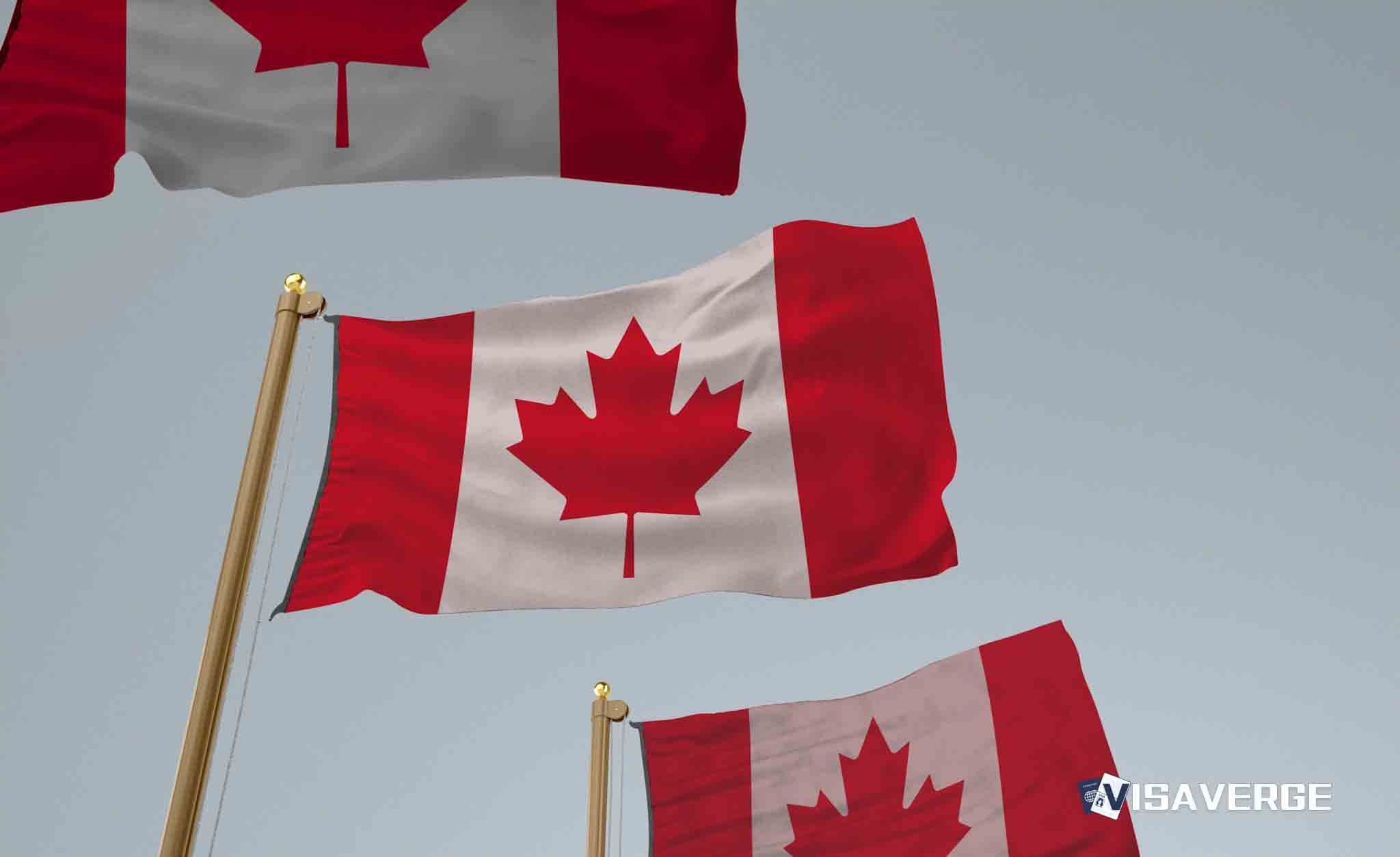(CANADA) U.S. visitors to Canada now outnumber Canadians visiting the U.S., a rare reversal in cross‑border travel that officials say has taken shape through early to mid‑2025. The shift, confirmed by Statistics Canada and the U.S. Bureau of Transportation Statistics (BTS), stems mainly from a sharp fall in Canadian trips south, especially quick same‑day returns, while American trips north have slipped only slightly. The change matters for families, border staffing, and tourism dollars on both sides of the line.
Data snapshot (2024–2025)

Statistics Canada reports that Canadians made about 39 million trips to the United States in 2024, roughly 75% of all Canadian international travel.
By May 2025, same‑day returns by Canadians fell by 40.3% year over year — the fourth month in a row with a steep drop. In June 2025, arrivals by U.S. residents to Canada dipped only 0.7% by air and 10.4% by car compared with June 2024, far less than the fall on the southbound side, according to BTS and Statistics Canada.
Border crossing counts show:
- Total movements from Canada into the U.S. were down about 13.5% between 2019 and 2024.
- Inbound crossings to Canada did not shrink as sharply.
Policy and economic context
Historically, Canadians crossed south in larger numbers than Americans headed north, attracted by shopping, winter sun, and family visits. The 2025 reversal is linked to several factors:
- Tighter U.S. border enforcement and visa rules reported in early 2025.
- A cooler travel mood among some Canadians.
- Currency pressures.
- Lingering post‑pandemic habits.
Experts say the pattern may prove temporary, but current data show a real break from the long‑standing norm.
Analysis by VisaVerge.com indicates the steepest fall is in quick cross‑border trips — the short same‑day returns families in border towns make for groceries, hockey gear, or a tank of gas. Those same‑day returns were down by 40.3% in May 2025 compared with a year earlier, a decline stretching across four straight months. With fewer short visits south, the overall balance has tipped toward more Americans entering Canada than Canadians going the other way.
Impact on travelers and border operations
Travel experiences differ by direction:
- Canadians report longer questions at U.S. ports of entry and, in some cases, higher costs once they arrive.
- Americans coming north say entry remains familiar and steady.
Tourism and local economies:
- Canadian hotels and restaurants near border crossings see a modest boost from U.S. visitors.
- Some U.S. border towns report softer weekend sales that once depended on quick Canadian trips.
Border agencies are adjusting operations:
- Canadian ports of entry are processing relatively stable volumes of Americans.
- U.S. ports are handling fewer Canadian arrivals.
These shifts can change staffing rhythms, lane openings, and wait times by hour and region.
Travelers should expect variable processing times and local staffing changes as agencies adapt to evolving traffic patterns.
Current entry procedures (2025)
Here’s how entry works today for the most common cases, based on 2025 procedures:
For Canadians traveling to the U.S.:
1. Present a valid passport.
2. Visa: Not required for most tourist or business visits by Canadian citizens; others should check status with U.S. authorities.
3. Screening: Expect routine screening by U.S. Customs and Border Protection (CBP), with possible extra questions or delays during peak hours.
For U.S. visitors to Canada:
1. Present a valid passport (U.S. citizens).
2. U.S. lawful permanent residents flying to Canada need an eTA linked to their passport and proof of permanent residence; apply online at the Government of Canada eTA form: https://www.canada.ca/en/immigration-refugees-citizenship/services/visit-canada/eta/apply.html.
3. Screening by Canadian border officers remains consistent with pre‑2025 practice.
Practical travel tips:
– Budget extra time at land crossings, especially Friday evenings and Sunday afternoons.
– Watch currency swings and fuel prices, which can turn a quick trip into a costlier outing.
– Check peak times, carry proper ID, and confirm entry rules before departing.
Effects on households and businesses
Families and communities are adapting:
- Some families with members on both sides are hosting events in Canadian towns to spare elderly relatives extra checks at U.S. entry points.
- Others are opting for video calls instead of day trips.
Business impacts vary:
– Canadian hotels and attractions near major crossings report steadier summer bookings from Americans.
– Some U.S. retailers that once enjoyed weekend rushes from Canadian shoppers describe quieter parking lots this spring.
Officials have not issued new public statements specifically aimed at this shift, but both countries’ statistical agencies are monitoring the numbers.
Key figures and trends
- Canadians to U.S. in 2024: ~39 million trips (~75% of Canadian international travel).
- Same‑day Canadian returns: -40.3% (May 2025 YoY).
- U.S. arrivals to Canada (June 2025 vs June 2024):
- Air arrivals: -0.7%
- Automobile arrivals: -10.4%
- Canada→U.S. total movements (2019–2024): -13.5%
The decline in same‑day returns is the main driver of the shift.
Data sources and ongoing updates
Readers can review official travel tables and border counts on Statistics Canada’s Canada–United States travel topic page: https://www.statcan.gc.ca/en/topics-start/canada-united-states/travel, which tracks arrivals and departures by mode and month.
BTS publishes related border crossing trends for both countries. Monthly updates through late 2025 will show whether the current gap widens or narrows.
Outlook
The balance could shift again if policies change or the dollar strengthens. For now, the numbers point one way: more U.S. visitors to Canada, fewer Canadians heading south, and a notable drop in quick turnarounds that once filled weekend traffic.
Until further data arrive, travelers, employers, and border communities will continue adapting as flows shift daily.
Frequently Asked Questions
This Article in a Nutshell
U.S. visitors now outnumber Canadians visiting the U.S., driven by a 40.3% drop in same-day returns by May 2025, currency pressures, tighter U.S. enforcement, and lingering post-pandemic habits that shifted border traffic, affecting local economies, staffing patterns, and traveler experiences on both sides of the border.











